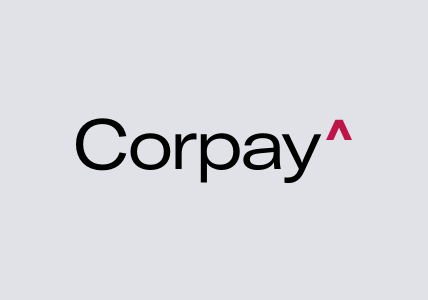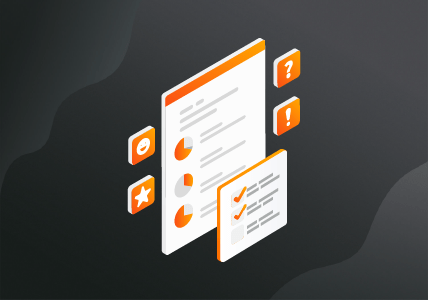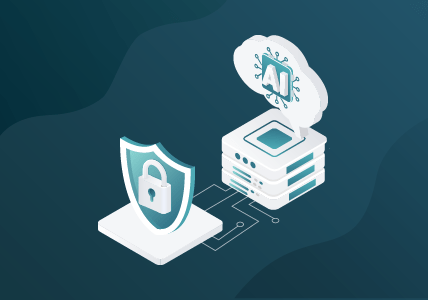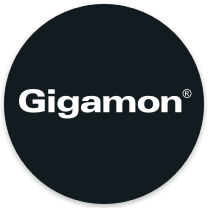What Is Cloud Monitoring?
The cloud is an extremely complex environment. To help ensure that your organization is getting the most out of it, you need to be able to see exactly what’s happening at all times.
What Is Cloud Monitoring?
Cloud monitoring gives you the power to keep an eye on your data and processes in the cloud. The term describes the tools, techniques, and strategies associated with monitoring, reviewing, accessing, and managing processes, data, and operational workflow within a cloud infrastructure or cloud-based asset.

To do this, cloud-based monitoring tools gather critical operational data from the cloud and then present it to a company’s authorized cloud administrator via graphs, charts, logs, and alerts. Cloud monitoring assesses three main areas: performance, security, and compliance. Each area is critical for managing the health, security, and regulatory compliance of cloud services. Gigamon provides essential cloud-monitoring and visibility capabilities, giving you the insight you need to optimize your cloud initiatives.
Learn how Gigamon can improve your cloud monitoring strategy.
Types of Cloud Monitoring
To ensure that your cloud initiatives are performing to their potential, it’s important to understand that cloud monitoring takes several different forms.
The following are the five most common types:
Website Monitoring
At their most basic, websites consist of files stored on a host computer — either owned by a specific organization or the cloud-service provider — and shared with other computers across a network. When working with websites, cloud server monitoring focuses on user experience and availability as well as the availability of important resources. Cloud-based website monitoring tracks website traffic, processes, time on page, resource usage, and search availability.
Database Monitoring
Data is an essential part of any modern business, and being able to quickly find and manage important data in the cloud is an absolute must. Cloud-based database monitoring involves accessing data integrity, tracking queries, reviewing processes, tracking availability, and charting cloud database resource usage. Database monitoring not only helps inform updates and upgrades but also logs and tracks requests for data access, making it a valuable security tool.
Cloud Storage Monitoring
Cloud monitoring for cloud-storage applications is capable of tracking a range of analytes simultaneously. Often used in hosting infrastructure as a service (IaaS) and software as a service (SaaS), cloud storage monitoring charts available storage, user actions, processes, and various performance metrics.
Virtual Network Monitoring
Cloud monitoring in virtual networks creates virtual versions of important network elements, namely firewalls, routers, and load balancers. These software-based elements provide detailed operational information, available in real time — analyzing the virtual network and making vital recommendations where needed.
Virtual Machine Monitoring
Virtual machine monitoring is most commonly used as part of the IaaS model, often incorporating a virtual server hosting multiple virtual desktops. This form of cloud server monitoring charts traffic and users, along with the infrastructure and status of every associated virtual machine. Virtual machine monitoring not only offers the benefits of cloud-based monitoring but also fills the role of IT infrastructure monitoring for virtual desktops.
Benefits of Cloud Monitoring
Cloud monitoring gives you the ability to closely observe your services and applications that are centered in the cloud, providing you with essential data, valuable insights, and alerts to possible upcoming issues or disruptions. Altogether, cloud server monitoring empowers you to optimize performance and reduce the downtime of your cloud-based apps, processes, data, and initiatives. But what exactly does this mean for your business? Here are several benefits:
- Quickly identify threats or other problems before they can create interruptions in your service
- Monitor relevant KPIs in real time with up-to-the-minute reporting to ensure that your business is always moving in the right direction
- Protect against data loss by identifying and analyzing all data that leaves the network, minimizing the impact of potential data breaches
- Improve performance with high-quality APIs, protected by authentication protocols
- Locate and repair delays within application workflow for improved response times
Additionally, because cloud monitoring services are themselves cloud-based, they offer many of the advantages commonly associated with cloud computing. This includes preconfiguration and easy installation, reduced investments in installing and maintaining on-premises solutions, improved scalability, expanded accessibility, and more.
Challenges of Using Cloud Monitoring
Cloud monitoring, despite its numerous benefits for tracking and analyzing cloud server performance, presents certain challenges that organizations should be cognizant of. Notably, the scarcity of cloud-related skills is a significant hurdle; a Gartner survey highlighted that 63 percent of senior executives consider talent shortages a major issue.1 This skills gap can make it difficult for businesses to manage cloud monitoring effectively, although established providers often offer comprehensive support to navigate these complexities.
Additionally, the prevalence of multi-cloud and hybrid infrastructures — adopted by 92 percent of enterprises to cater to their diverse IT needs — introduces complexity in monitoring due to disparate data sources and the need for multiple vendor-specific tools.2 This situation can lead to siloed data and a lack of visibility, especially in hybrid environments where public and private clouds coexist.
Nevertheless, overcoming these challenges remains a critical objective for organizations aiming to optimize their cloud application performance, with solutions like those from Gigamon offering a pathway to more seamless and secure cloud monitoring integration.
Cloud Monitoring Best Practices
When prioritizing cloud monitoring, it’s essential to craft a strategy focused on specific goals and measurable results. Effective cloud monitoring involves:
- Tracking usage and costs: Utilize monitoring solutions to gain insights into cloud usage and expenses, ensuring resources are used efficiently and cost-effectively.
- Identifying key metrics and events: Concentrate on metrics and events crucial to your bottom line, aligning with your business goals to keep monitoring focused and relevant.
- Data management: Keep monitoring data separate from your core applications but accessible centrally, enhancing data integrity, security, and compliance.
- Centralizing reporting: Use a single platform for data aggregation to streamline metric calculation and offer a unified performance overview, simplifying analysis and action.
- Automating responses: Set up automated actions based on specific data thresholds to efficiently manage resources and workload fluctuations.
- Monitoring user experience: Assess user interaction metrics to optimize performance and satisfaction, prioritizing improvements that meet user expectations.
Cloud monitoring serves as a vital component of cloud security and management processes, offering centralized access and control over cloud infrastructure. By implementing these best practices, organizations can effectively monitor their cloud environments, optimize performance, and ensure the reliability and security of their cloud-based assets.
Gigamon for Cloud Monitoring
You depend upon your cloud-based applications, infrastructure, and data. Gigamon, the leader in intelligent network visibility solutions, provides essential cloud-monitoring capabilities, giving you the insight you need to optimize your cloud initiatives. And with GigaVUE Cloud Suite™ and the Gigamon Deep Observability Pipeline, even hybrid and multi-cloud solutions become simple to navigate, chart, monitor, and manage. Gigamon tools close the skill gap and bring eligible cloud monitoring to your business.

References
- “Gartner Survey Shows Global Talent Shortage Is Now the Top Emerging Risk Facing Organizations.” Press release. Gartner, January 17, 2019. https://www.gartner.com/en/newsroom/press-releases/2019-01-17-gartner-survey-shows-global-talent-shortage-is-now-the-top-emerging-risk-facing-organizations.
- Ian Barker. “92 percent of enterprises now have a multi-cloud strategy.” BetaNews, February 2021. https://betanews.com/2021/03/09/enterprises-multi-cloud-strategy.
Featured Webinars
Hear from our experts on the latest trends and best practices to optimize your network visibility and analysis.

CONTINUE THE DISCUSSION
People are talking about this in the Gigamon Community’s Hybrid/Public Cloud group.
Share your thoughts today








 Dan Daniels
Dan Daniels
